The Article
X250T Integrated Amplifier From Extraudio
4th June 2020
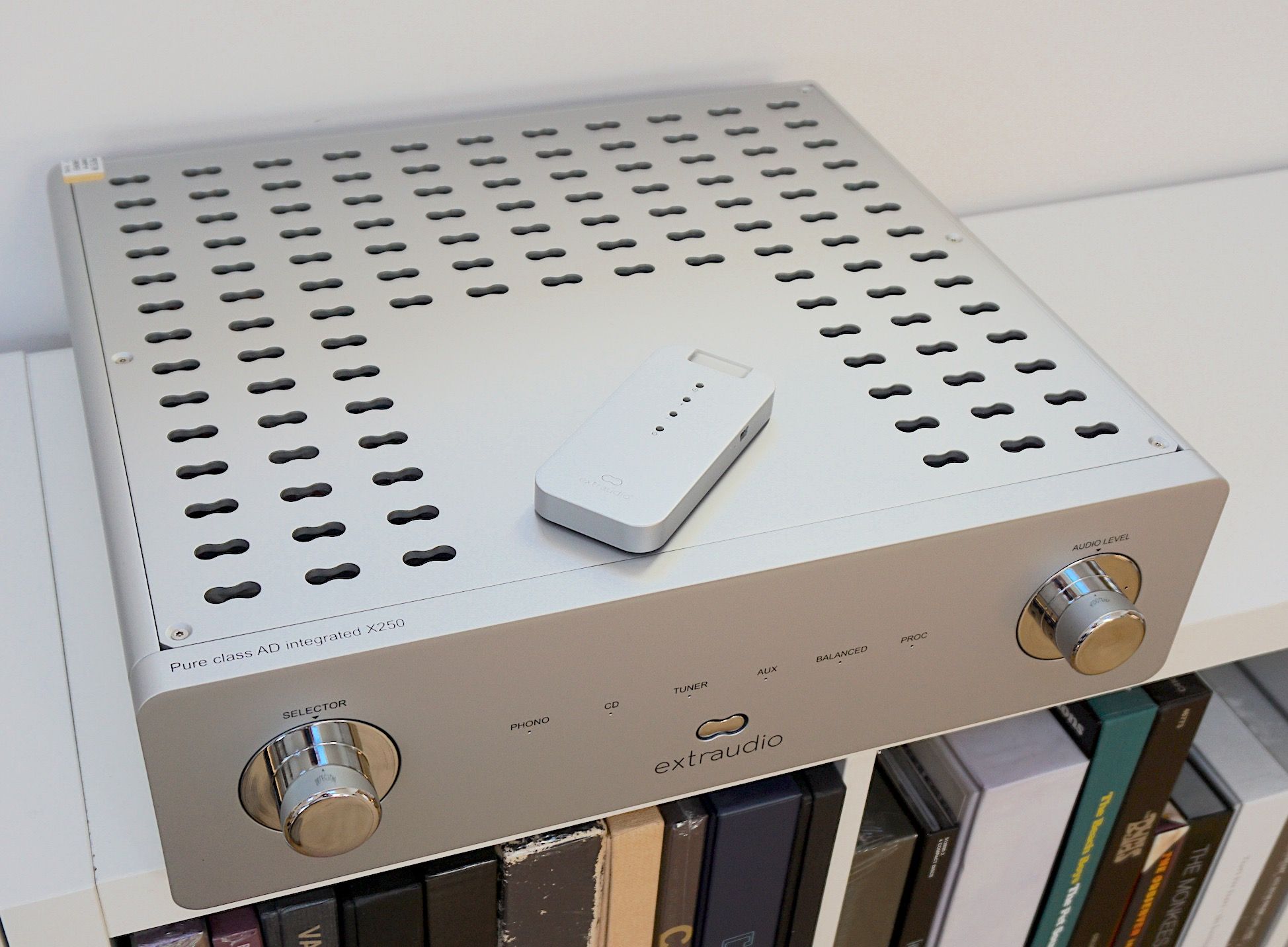
Imposing, intriguing and a little quirky, Paul Rigby gets his ears around this large, integrated amplifier
A striking design, the X250T arrives in a choice of black or silver, spans 445 x 125 x 395mm, weighs in at 18kg and features the company’s own XP1 pre-amp inside the chassis alongside 150W of power into 8 Ohms.
This Dutch-created dual-mono amplifier uses a modified (this is not an off-the-shelf model) Ncore Class D power from Hypex but the company says that it has injected Class A sonic elements into the design which is why it describes the sound as Class AD. It also contains two transformers, one for the pre-amp and one for the output. There’s a range of quality components in the chassis including Sprague Tantalum, Jantzen Superior Z and ELNA capacitors.
And yet its bulk is not accompanied by fuss. The front fascia is clean, the styling is simple and even the feature-packed rear is (with one exception, see below) well laid out and spacious in arrangement.
On that front fascia, there are two dominant control knobs. The left controls the source – and those sources (listed in the image below) are presented to its right, the active source switches on an adjacent light. On the far right is a gain control.
The power switch is front and centre and is in the shape of the company logo. A nice touch.

The rear offers four single-ended inputs and a single set of balanced inputs with an additional set of balanced connectors (called In Processor) for AV connection, to enable to the X250T to act as an AV power amplifier.
Take another look at the front fascia image here and run your eyes to the left and you’ll notice an indicator for a phono amplifier. That wasn’t a part of my review sample, I’m afraid. Purchased at £525, this MM/MC unit can be fitted by your dealer as a separate module.
I do question the positioning of the Ground grub screw on the rear though, which looks like it will get in the way of other fitted cables when the phono amp module is in place.
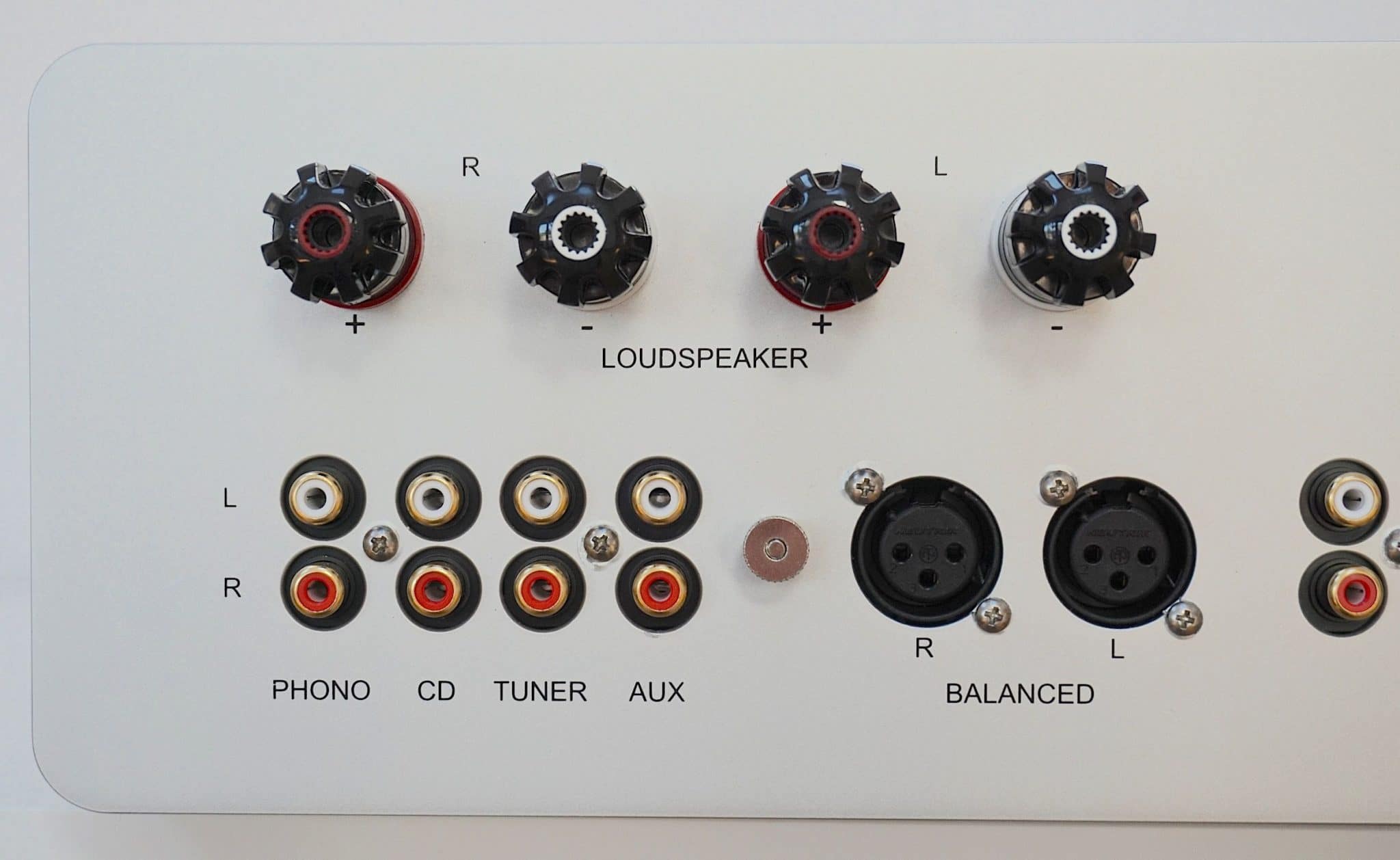
You’ll find a compact, sturdy remote control that handles volume, power and mute. It features an internally fitted 1800mAh lithium battery and can be charged via mini-USB. Intriguingly, it is constructed using a RF coil which you can just see through a translucent window at the top. It looks like a typical spring. The remote works fine although I find the buttons are too small, the controls of the same should have included the source but they don’t and that RF ‘spring’ makes a disconcerting ‘boing!’ noise whenever you put it down on your nearest flat surface.
When you switch on, there is a warm up wait until audio is available but you’ll also experience seconds-long waits when muting and unmuting.
Worse though is what happens when the XLR or In Processing source options are selected because the amp becomes unusable for more long seconds at a time when either of the above is selected. Let me explain.
Sources are selected in a serial fashion so, if you look at the above front fascia image again, if you want to select the Tuner source option, you have to run through the Phono and CD first to get there. If you’re in Aux and you want to select Phono, you have to run through Tuner and CD to reach it. You can’t just jump to your source of choice.
Source selection via single-ended mode is instant and not a problem.

Trouble is, there are long waits when selecting In Processing and Balanced, as the amp runs into protection mode, carefully muting and waking up these options before audio can be heard.
So, if you accidentally spin the Source selector and it hits In Processing by mistake and you only really wanted to select Aux in the first place then, to get back to Aux, you’ll have to wait 40 seconds as the In Processing option is selected, then another 60-70 seconds as Balanced is selected (it’s next in line) and only then will you be able to move to Aux.
Of course, if the remote featured individual source buttons, then none of the above would be an issue.
Hence, be careful when selecting the Source!
Talking to the company, it recognises the long ‘protection’ pauses are long and has promised to look into reducing these waiting times. So, hopefully, that will be fixed before you buy.
SOUND QUALITY
I began with an original pressing and title track from Roxy Music’s Avalon and ran my turntable and phono amp through the single-ended inputs.
The resultant sound was rather lovely, actually. Yes, compared to more expensive amplifier set ups, the upper mids didn’t range as far. The dynamic reach didn’t push to the nth degree but look, I’m being churlish here by comparing this box to amplifier set ups almost double the price.
The fact that I’m tempted to even do that, though, says a lot for this amplifier design. The fact, that I’m not even looking at direct competition, the fact that I’m getting into nit-picking territory here with amplifiers thousands of pounds more expensive than the X250T.
The fact is that this is a beautiful sounding amplifier and no mistake.
What really grabs you, what really stands out, is the midrange and the low noise floor that allows a gamut of detail to issue forth. In fact, I mentioned more expensive amplifier models above? Well, even products that live within that stratosphere struggle to match the sublime nature of the midrange from the X250T.
There’s a gentle, quite shy, introverted synth line that insinuates itself into the early part of this track and it sounds very nice on top quality amplifiers, as you’d expect. Via the X250T though, this synth line adds a bunch of extra textures and nuanced information that made my head turn to its resident right channel. Eyebrows were raised, let me tell you.
There’s a neutrality and balanced presentation from the X250T that is just a relief to hear. I’ve heard a fair few high-end amplifiers in the past that promise so much, tempt you with outstanding aesthetics and feature sets then hit you over thread with a crowbar made from harsh, solid-state sonics that have you running for the ear plugs and a stiff drink. Not here. The X250T eased itself into the listening room.

Imagine a Victorian gentleman, effusive with good manners, firm yet non-aggressive, mysterious yet open faced, venturing, emboldened, to accompany the dear lady to dance towards the delicate tones of Strauss. That’s what the X250T is, the Victorian gentleman of hi-fi. It beguiles the ear. It captivates and enchants. As that Victorian lady really cannot refuse such an offer, neither can your attention be diverted from the cultured and even-toned presentation of the X250T.
All sonic frequencies are disciplined, bass is firm yet never accentuates and adds a nicely weighty twang to electric guitars, midrange is open and detailed, the treble is feather light and the noise floor is pushed, way down.
Ella Fitzgerald’s Blues in the Night from the Harold Arlen Songbook revealed its nicely remastered demeanour, as I had to increase the gain. The low noise aspect of the recording accentuated the effective big cymbal taps with lots of attendant reverb. Fitzgerald’s lead vocal was simple, pure, clean and open in its delivery while rather hidden instruments like the gently strummed guitar was picked out from the rear of the soundstage. Meanwhile, the brass section was detailed and focused adding a fascinating suite of contrasting textures.
I then turned to Leo Kottke on CD and the album, Regards from Chuck Pink (Private) and the track I Yell at Traffic, via single-ended mode. I was pleased to hear that neutrality and balance prevail here. Yes, there was a slight bunching up top, around the edge of the upper mids but I’m being picky again, mainly because there was nothing here to cause undue alarm.
Instead, I was impressed by the complexity of the guitar and the weighty resonance exhibited by the body of the thing, the accuracy and personality around that midrange and the focus in the treble. I also liked how the frequencies integrated with each other. There was an easy flow to this music, as if the whole thing was interlocked, meshed together, each frequency being part of a team instead of desperately trying to be that star of the show.
I did wonder, though, if a balanced signal might improve matters so I swopped over the cables for CD play and tried that option.
In short? This is a rock-only connection. If you’re looking at precision from my guitar picker friend above or from jazz, then the balanced connection provided too much bass warmth and a rolled off upper midrange that killed dynamics, produced an overly ‘safe’ presentation and flattened the sound. There was less life here, less sparkle and too much cotton wool that damped detail.
If you push rock through it, though, then hide behind your sofa! This is where the X250T transforms from its Victorian gentlemen mode to a Viking Berserker! It offers big bass, with heft and weight and power to spare. Unruly, chaotic music does well through these balanced connections. Accuracy is not treated so well.
But look, I don’t see this issue as a real problem because there’s only one set of balanced inputs on offer here and that could be ideal if your rock collection is on CD, for example and your CD player offers balance connections.
Balanced is not where this amplifier is ‘at’, though. Balanced sockets are almost a bonus feature rather than the heart of the system. The majority of the inputs are single ended and that’s the variant of user who needs to take a serious look at the X250T.
CONCLUSION
The Extraudio X250T provides simple yet stylish aesthetics and a lovely single-ended sonic output that offers a beautifully balanced presentation, offering no musical barbs or bumps on the frequency road. An easy-going flow to the midrange especially, matched with tremendous insight makes the X250T a very easy amplifier to live with. If this amp ever asks me for the next dance, I’ll be pulling up my skirts for a quick waltz, let me tell ya!
EXTRAUDIO X250T AMPLIFIER
Price: £8,495
Tel: 02039 115 549
Website: www.wholenotedistribution.co.uk (UK distributor) & www.extraudio.com
GOOD: midrange insight, neutral presentation, firm bass, low noise
BAD: remote, interface, socket layout, balanced play
RATING: 8
[Don’t forget to check out my new Patreon Page at www.patreon.com/audiophileman, for exclusive postings, giveaways and more!]
REFERENCE
Origin Live Sovereign turntable
Origin Live Enterprise 12″ arm
Icon PS3 phono amplifier
Aesthetix Calypso pre-amp
Blue Horizon Professional Rack System
Harmonic Resolution Systems Noise Reduction Components
Gutwire Consummate Grounding Cable
Air Audio AC-2K Balanced Transformer
All vinyl was cleaned using an Audio Desk’s Ultrasonic Pro Vinyl Cleaner

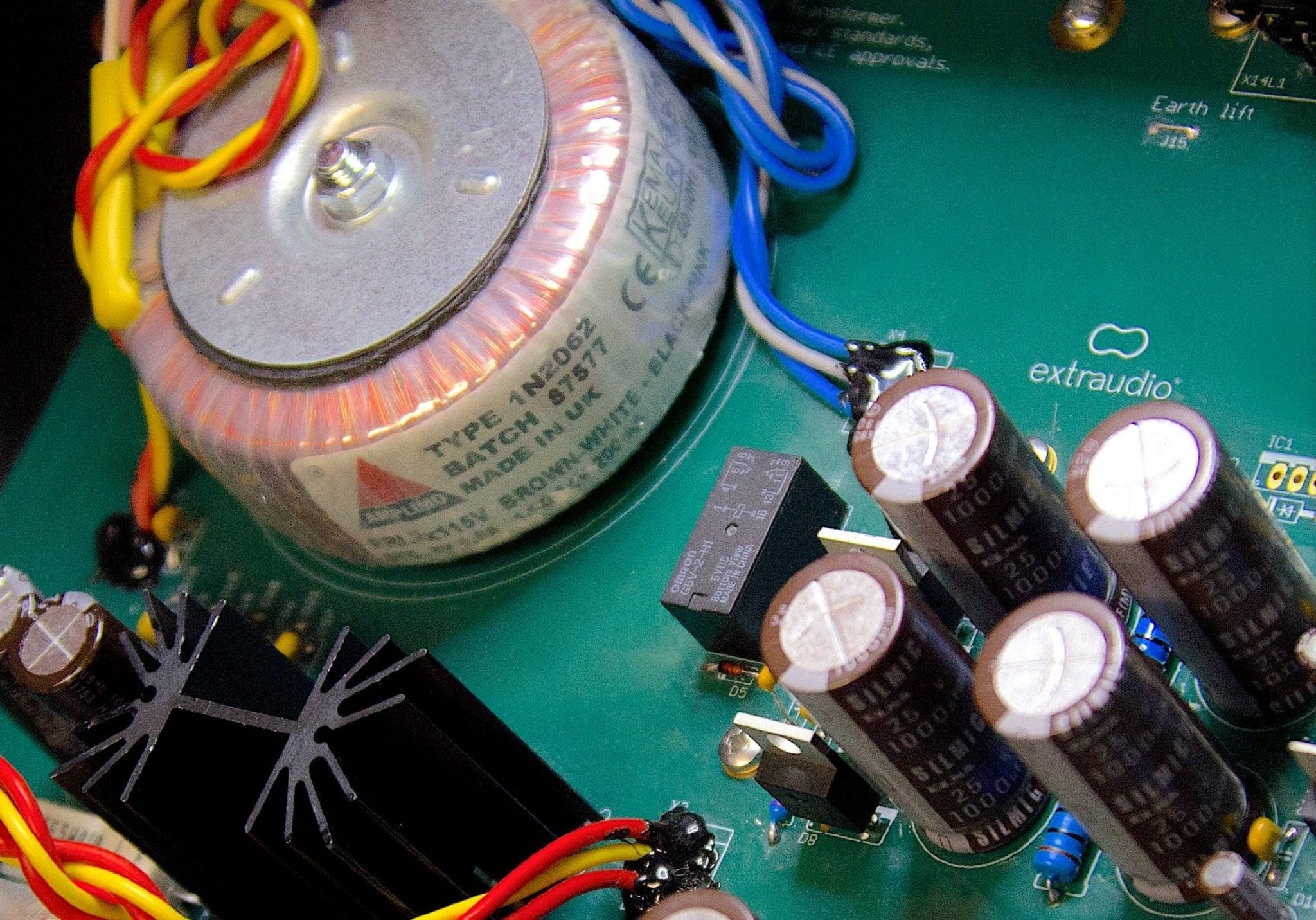

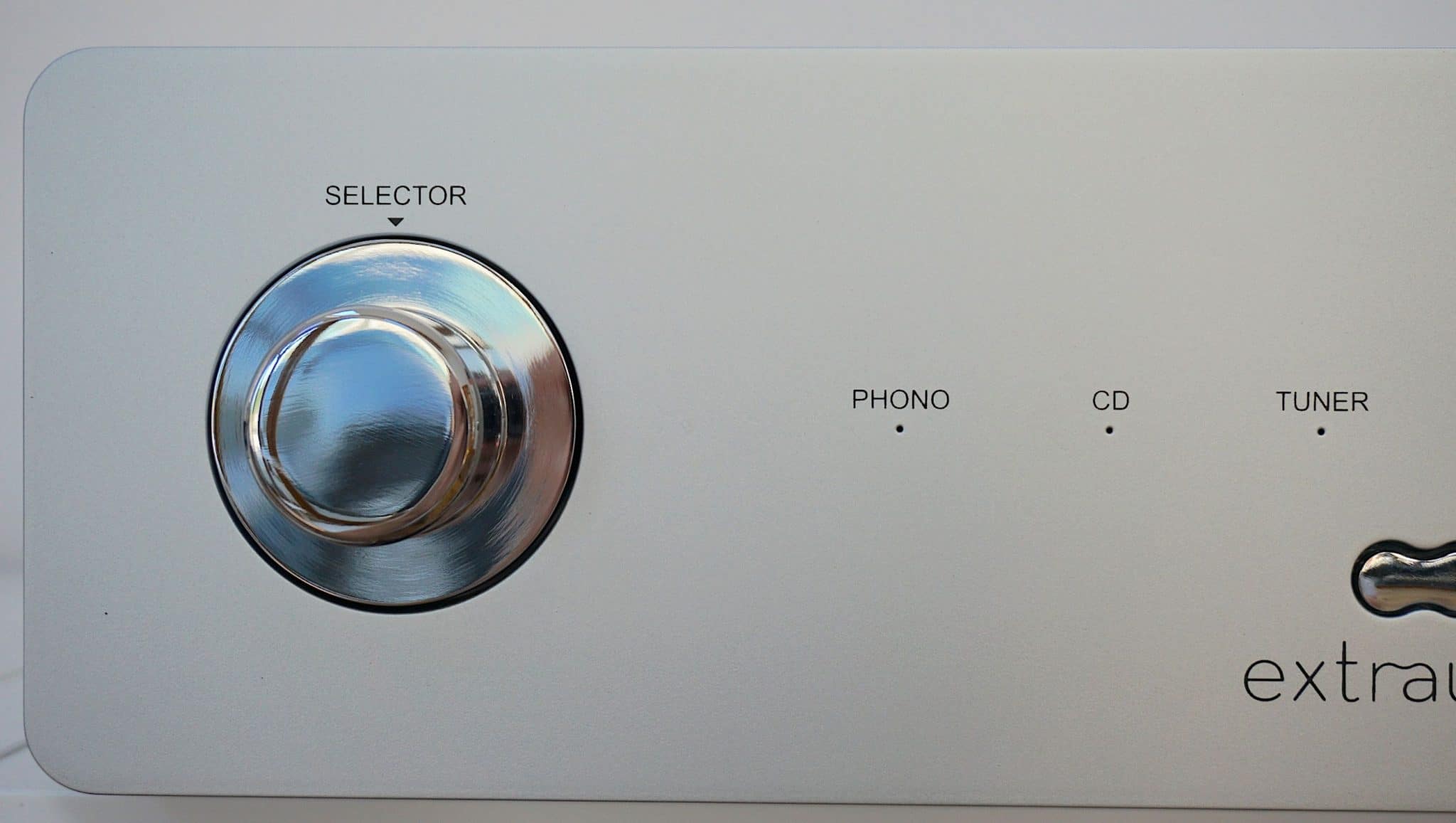
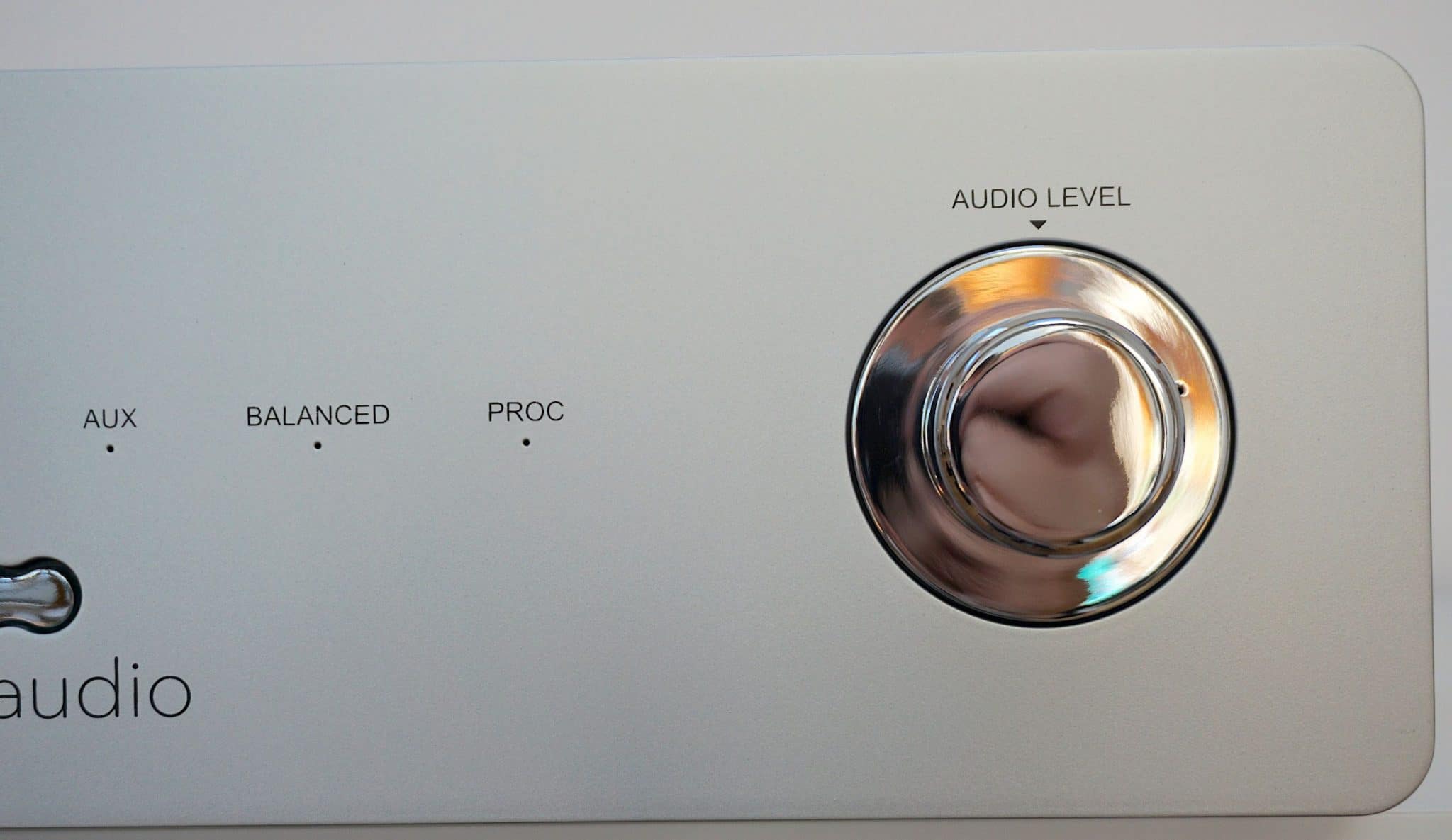
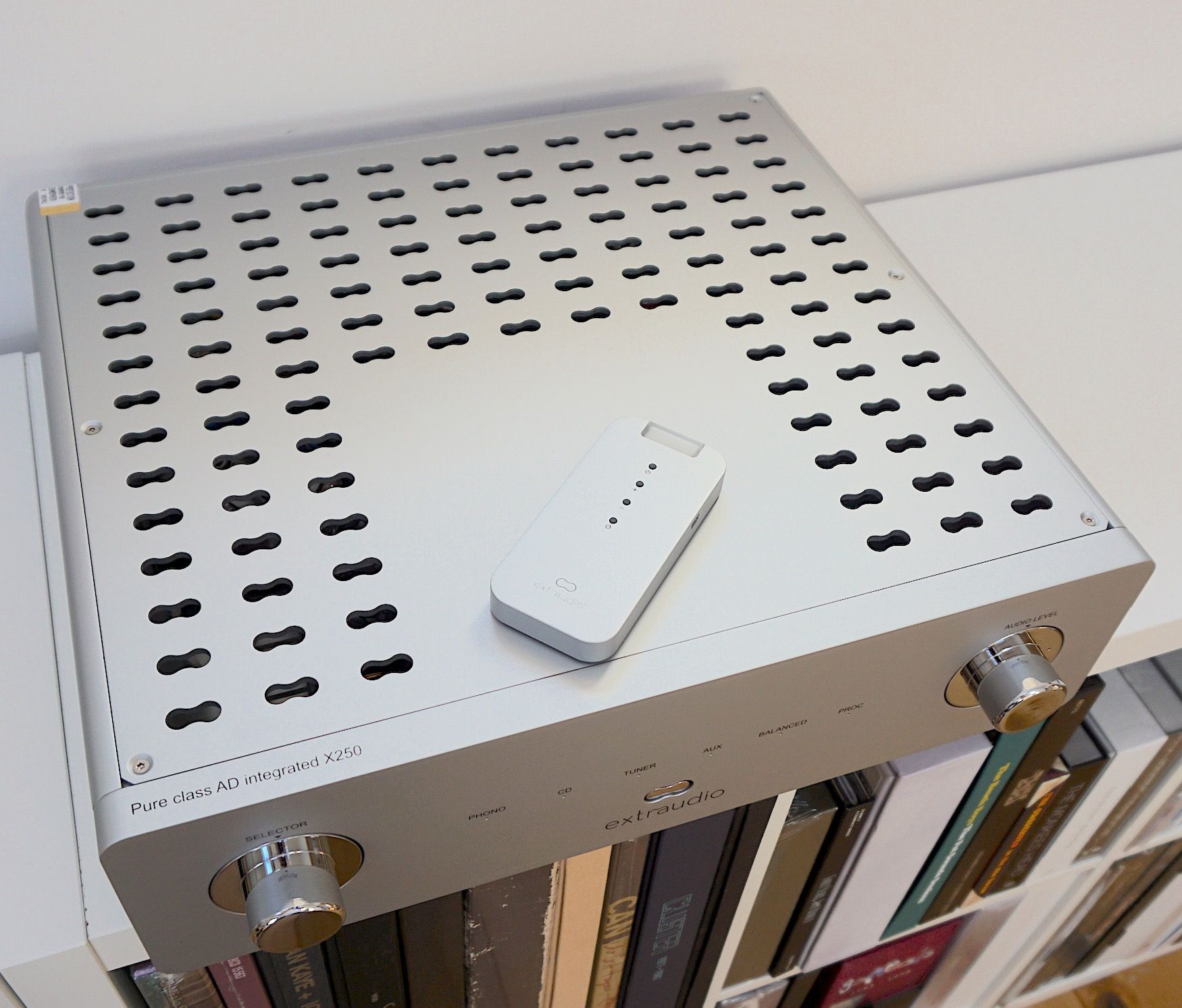
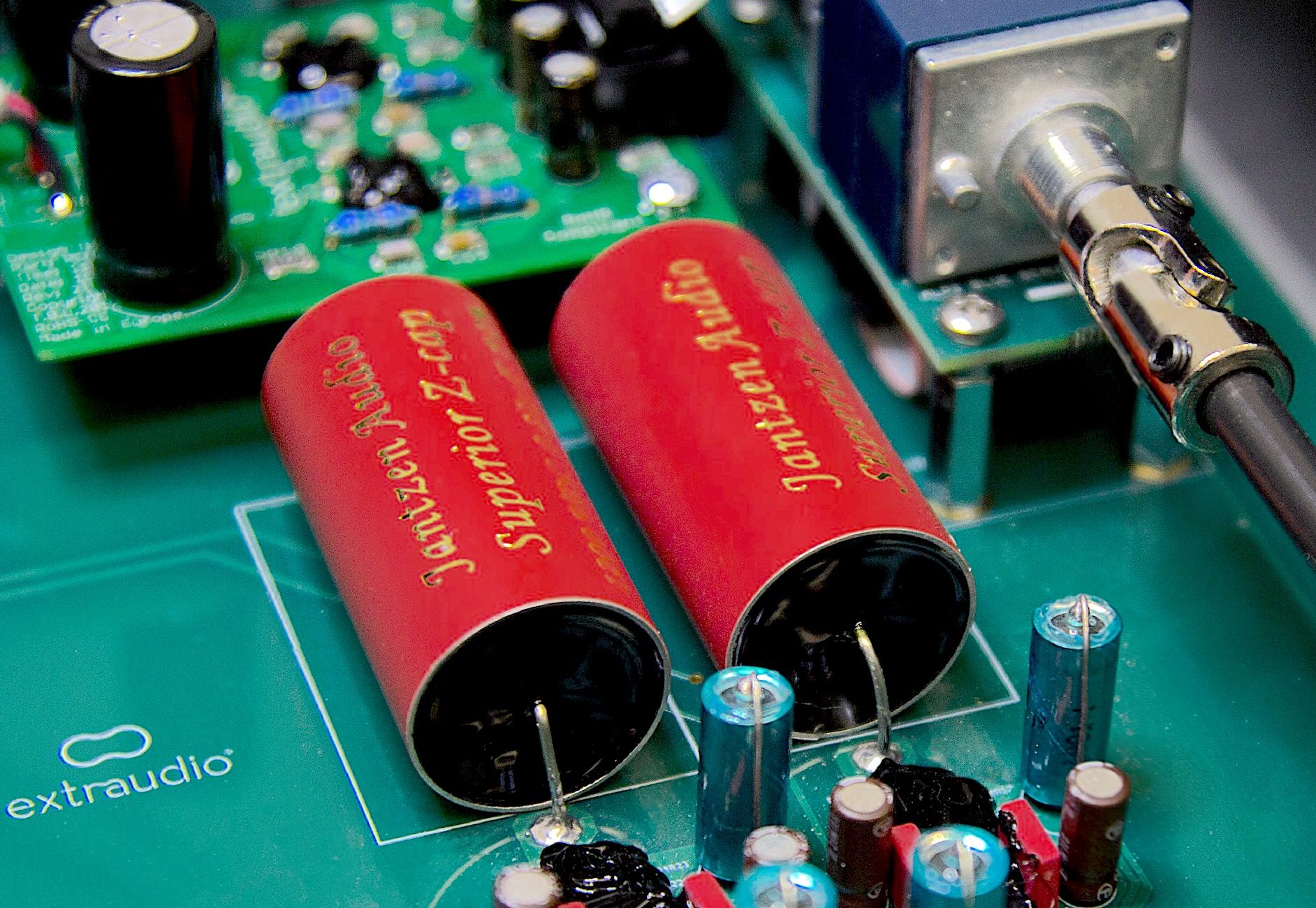
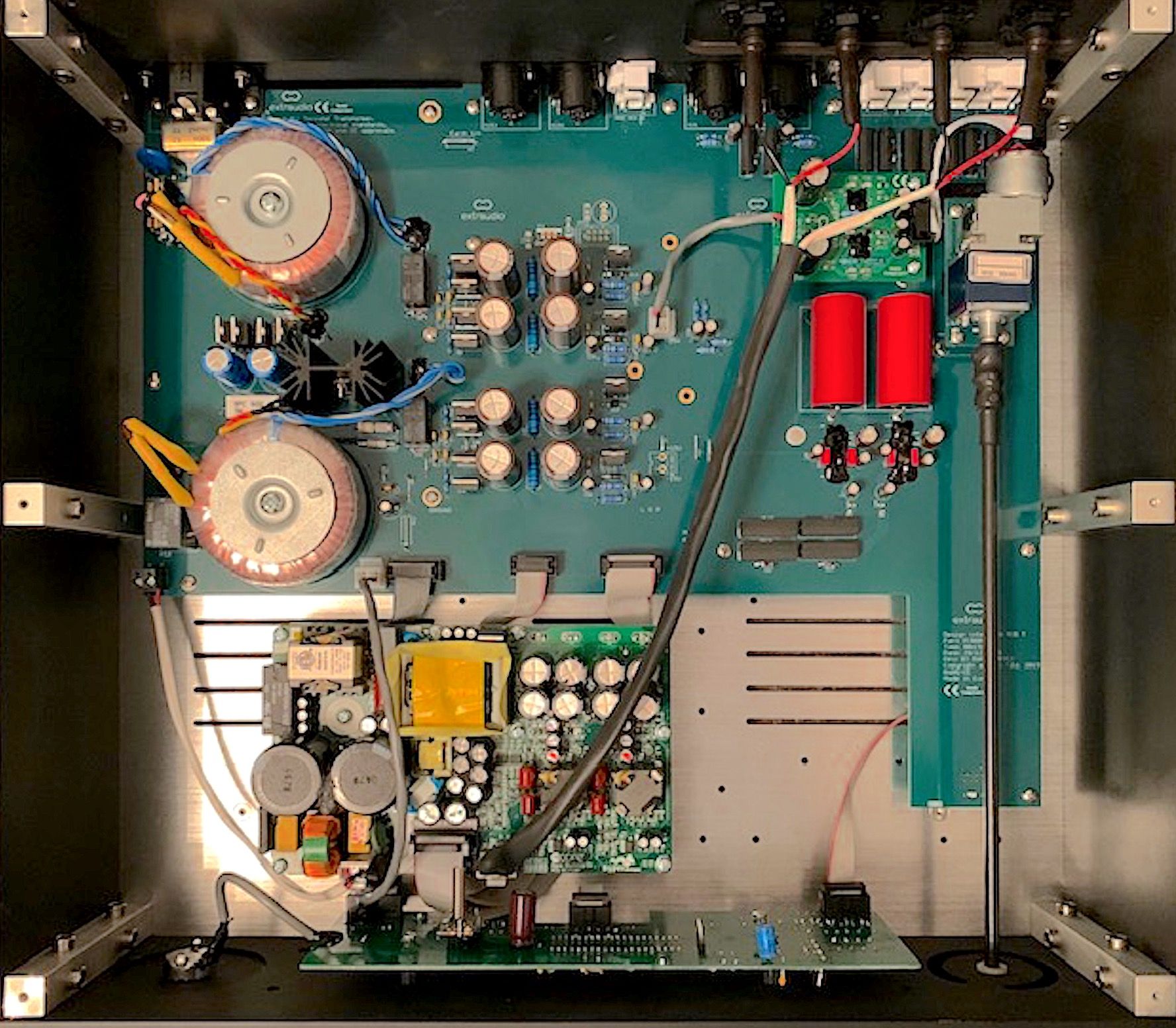
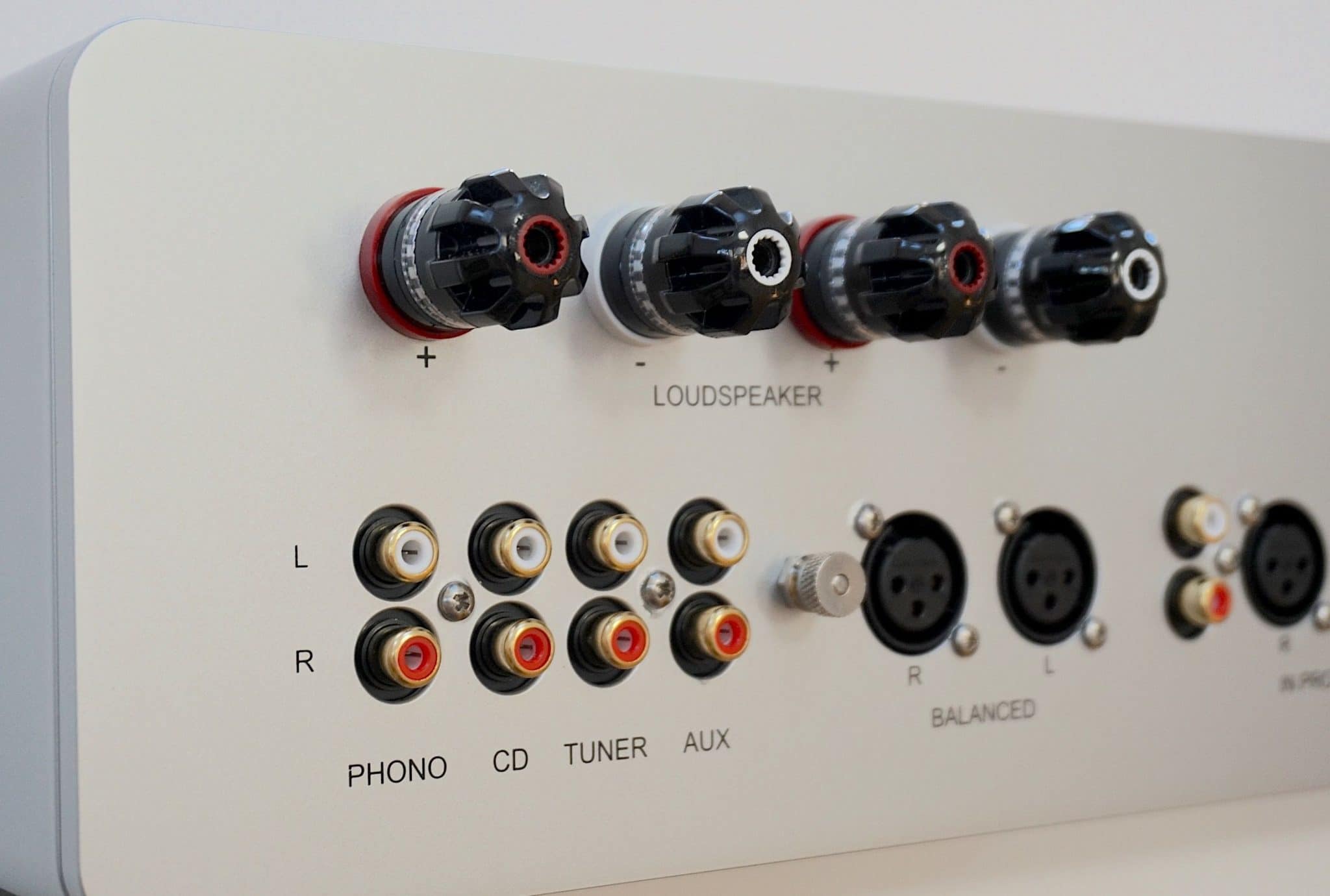
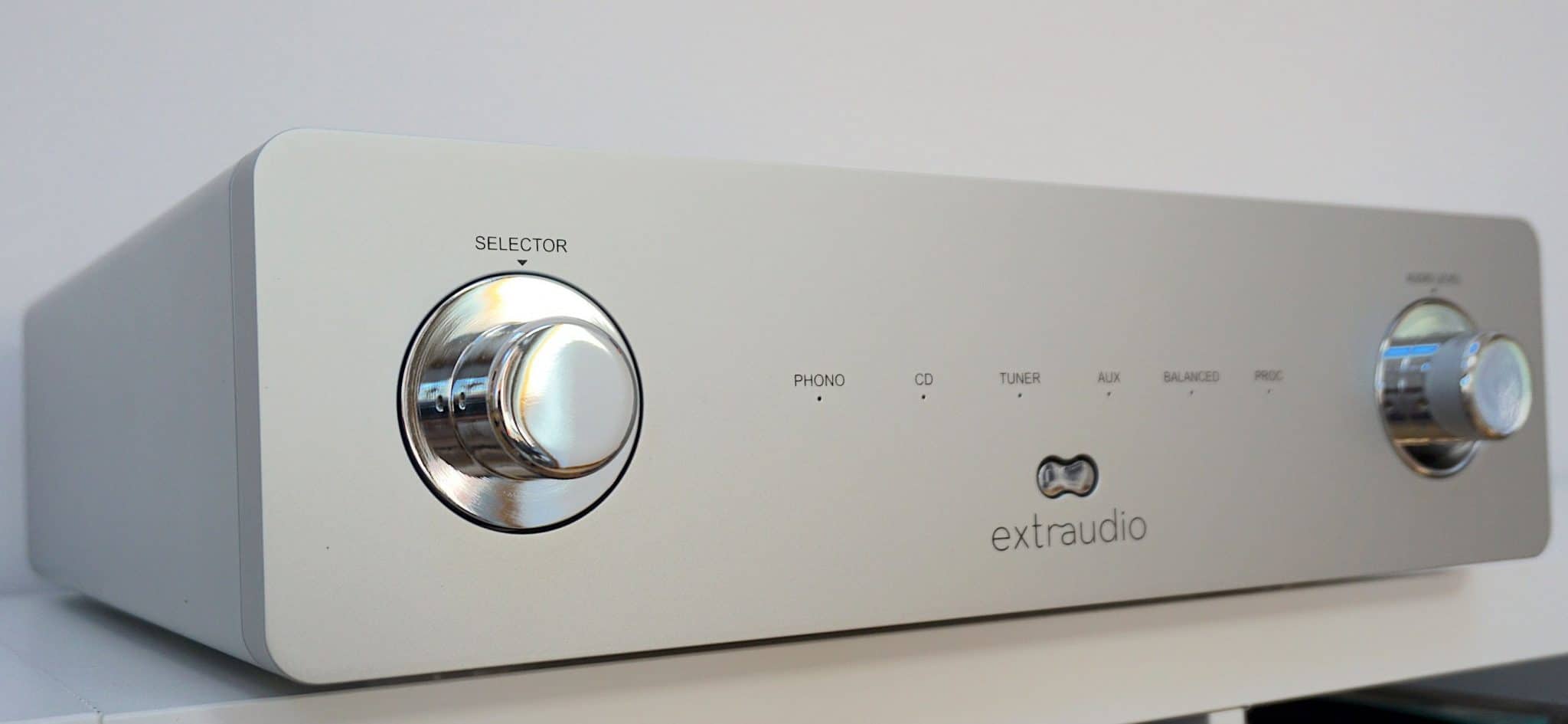



Paul, really. OVER $8500 for an amp. I love stereo equipment the same as the next audiophile, but this is not a practical piece of equipment to own. But still, you had the balls to do this review with out laughing…out loud, at least.
Take care.
James? You’d be surprised. My own high-end reference monoblock power amps – not even integrated, just the power amp part of it – *they* are worth offer ¬£8,000. I also have a ¬£20,000 turntable here as part of my high-end reference too. The hi-fi industry is a large and varied place 🙂